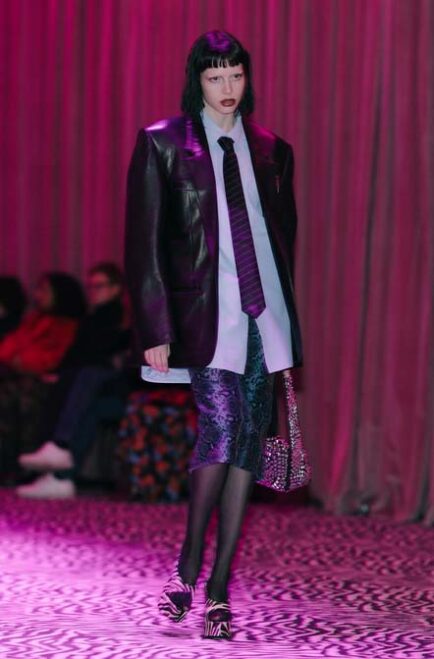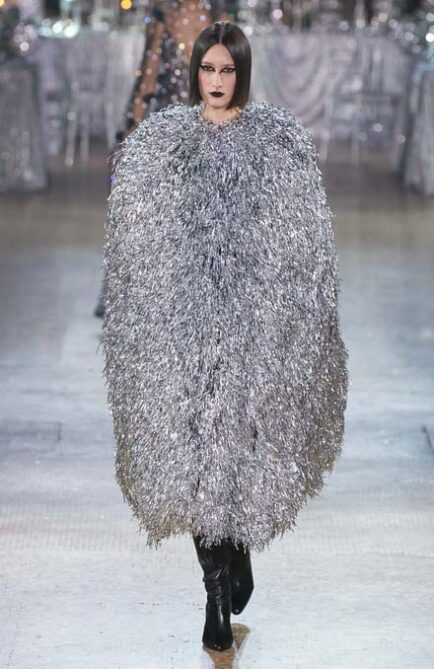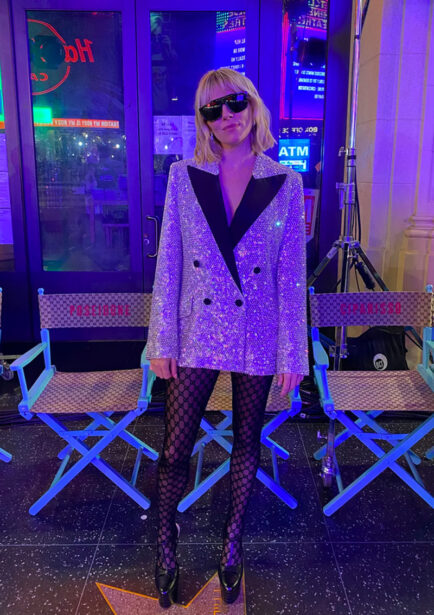 Top Models wear them while shopping, celebrities by the pool-side, girls from all over the world wear them in the Summer time, and even rugby players wear them between matches. We are talking about flip flops, or thongs, or sandals, or whatever you prefer to call them, the Havaianas.
Top Models wear them while shopping, celebrities by the pool-side, girls from all over the world wear them in the Summer time, and even rugby players wear them between matches. We are talking about flip flops, or thongs, or sandals, or whatever you prefer to call them, the Havaianas.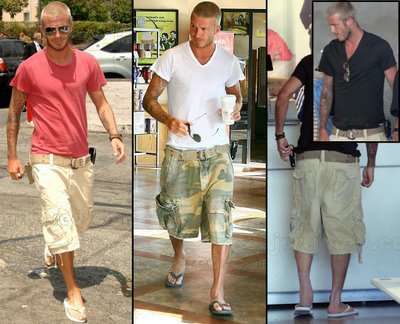
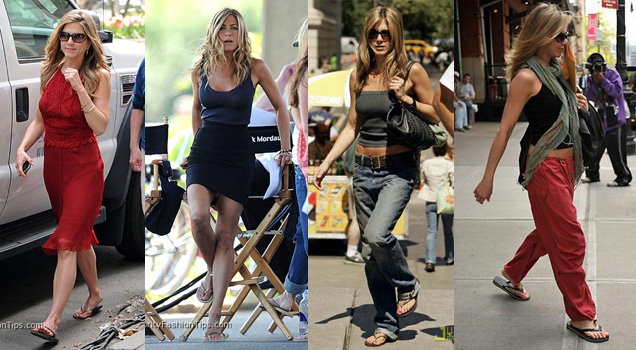
These thousand-coloured rubber thongs are turning 50 and just can’t help making fashion victims. They are so trendy that celebrities wear them even for informal red carpets. Born in Brazil in 1962, they soon started becoming a best-selling icon all over the world. In these 50 years, the Brand has been collaborating in partnership with many great stylists (the latest being Missoni), employing a multitude of colours and materials to design new models: high heeled, embedded with diamonds or just decorated with bling blings… Flip flops were inspired by the traditional Japanese sandal Zori, made of black fabric straps and rice straw sole. This is why the insole of Havaianas still features a rice pattern ingrained into the rubber, making them unique. At the time, they were a true revolution for the Brazilian people’s bare feet and, due to their cheapness, were seen as a real democratic “shoe”. In the beginning, there was one model only, white soled with blue straps, but a whole batch of sandals was produced with green straps by mistake. That which at first could have been an industrial disaster, soon revealed to be an extraordinarily successful innovation. Since then, colours multiplied. Within a few years, the Havaianas became so essential that in the 80s the Federal Government of Brazil declared them a staple commodity. In 1994, a sudden customer urge to flip the soles over to hide the white sole set a trend, pushing the Brand to launch the one-colour models of the Havaianas Top Line. Following which the excellent partnerships, the exclusive models, the worldwide success (SEE THE LATEST COLLECTION). To celebrate their 50th anniversary, the Brand has launched a new limited edition with only 50 thousand pairs produced, of which all proceeds will go to Unicef.
this blog provided by d.repubblica.it


